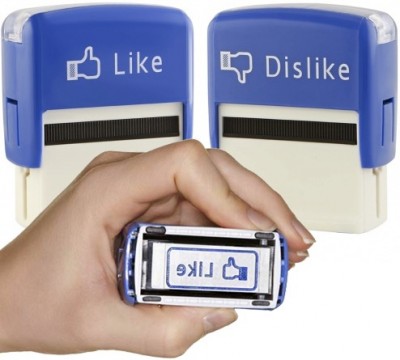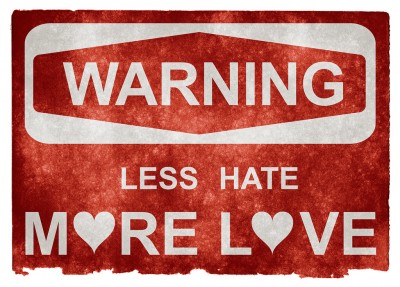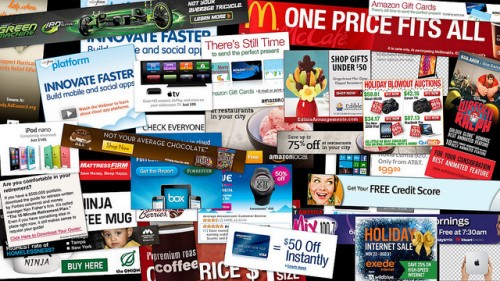Authenticity is a tricky animal, and social media complicate the matter. Authenticity is that which seems natural, uncalculated, indifferent to external forces or popular opinion. This sits in tension with the performativity of everyday life, in which people follow social scripts and social decorum, strive to be likeable—or at least interesting—and constantly negotiate the expectations of ever expanding networks. The problem of performance is therefore to pull it off as though unperformed. The nature of social media, with its built-in pauses and editing tools, throw the semblance of authenticity into a harsh light. Hence, the widespread social panics about a society whose inhabitants are disconnected from each other and disconnected from their “true selves.”
For political campaigns, the problem of authenticity is especially sharp. Politicians are brands, but brands that have to make themselves relatable on a very human level. This involves intense engagement with all forms of available media, from phone calls, to newspaper ads and editorials, to talk show appearances, television interviews and now, a social media presence. The addition of social media, along with the larger culture of personalization it has helped usher in, means that political performances must include regular backstage access. Media consumers expect politicians to be celebrities, expect celebrities to be reality stars, and expect reality stars to approximate ordinary people, but with an extra dab of panache. The authentic politician, then, must be untouchable and accessible, exquisite and mundane, polished yet unrehearsed. Over the last couple of elections, social media has been the primary platform for political authenticity. Candidates give voters access to themselves as humans—not just candidates—but work to do so in a way that makes them optimally electable. It’s a lot of work to be so meticulously authentic. more...










